How to Do Planning for Email Marketing?
Email marketing is one of the most effective ways to reach your target audience. According to data, 81% of small business owners use email marketing as their main customer retention channel.
Email marketing is not only popular; it is also efficient and cost-effective. You should expect to receive $32 for every dollar spent on email marketing. Furthermore, email marketing software is not costly, so you can reach out to your customers with pennies.
If you’re not reaping the benefits of email and don’t have an email marketing strategy in place for your brick and mortar company, it’s not too late to create one. Follow along with me in this article to make the most of this simple and low-cost marketing tool.
How to do planning for email marketing?
Step 1: Know your why for email marketing
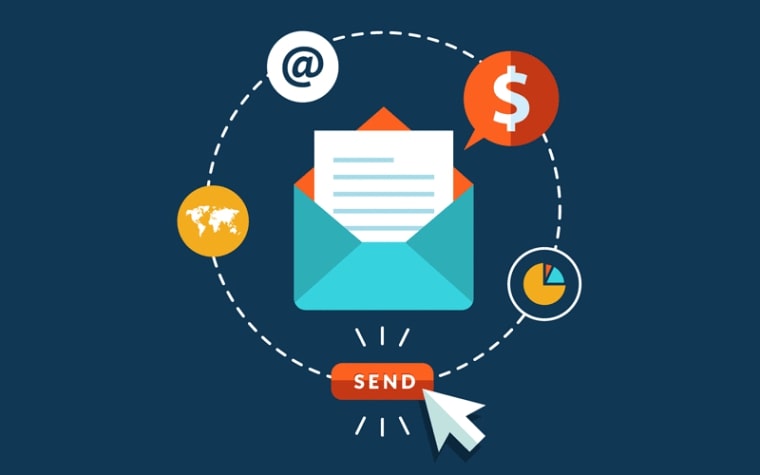
Before you start building your email list and sending out emails, you should understand why you’re doing so. Your why will decide who you send emails to and the types of emails you send.
The best way to grasp this is by examples. Here are how the role email marketing plays is different for various businesses and organizations:
- The aim of a media company is to attract viewership for their content.
- A discount store makes money by selling in large quantities. Their email list’s aim is to drive sales.
- A small local business needs to build a relationship with potential customers. They want to remain at the forefront of potential customers’ minds so that they are the first option when a customer requires their services.
- A boutique strives to make consumers feel special, as if they are a part of something special.
- A blogger or writer could use email to cultivate a loyal following of readers.
- The aim of email for a non-profit is to raise funds for its charitable work.
So make it clear about why you want to start email marketing. Only by identifying your why can you build up an effective strategy.
Step 2: Decide to whom you’re writing

The next move is to determine who will receive your emails. “Everyone” isn’t a good response here. The more you tailor your emails to a particular audience, the better you’ll be at engaging them.
Again, let’s look at some examples to understand this better:
- The media organization understands that their ideal readers are males between the ages of 18 and 35 with a college degree. That is the audience for whom they create content. Therefore that’s who they’ll write to in emails and for whom they’ll devise an email plan.
- The target demographic for the discount store is busy moms who want to optimize their household budget as much as possible.
- The small local business (let’s claim it’s a landscape gardening company) targets homeowners on the city’s affluent outskirts.
- The luxury store sells high-end wristwatches. As a result, their target audience consists of style-conscious men with middle to upper-incomes.
- The blogger discusses how to live on a budget. As a result, he’ll tailor his emails to people on a tight budget.
- The non-profit is dedicated to finding cancer treatments. As a result, the emails will be aimed at cancer survivors, as well as their families and friends.
The more you know about the people you’re writing to, the better your emails will be. Building a relationship with your readers via email is only possible if you’re on the same page. It’s a smart idea to build an ideal buyer persona to gain a better understanding of your audience.
Asking your readers what they want is another way to get to know them. Once you’ve set up your list, send an email to your subscribers asking how you can better assist them. This will provide you with a plethora of suggestions about what to put in your newsletters.
Step 3: Grow your email list
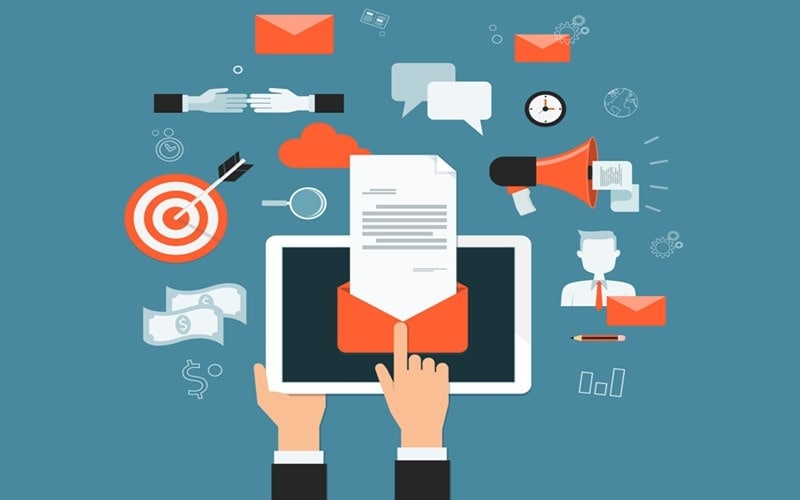
You’re able to start building your email list now as you’ve figured out whom you want to be on it. What is the most effective method for growing an email list? Make an offer to entice people to sign up.
This can be as easy as asking people what they’ll get if they join your mailing list. For instance, a cancer research non-profit may have a sign-up page on its website that says, “Sign up to our email list to read inspiring stories of people living with and beyond cancer.” The more detailed you can be on what people will get if they sign up for your list, the more sign-ups you can get.
You may also have a particular reward for signing up. Following are some examples:
- The media company will have free access to exclusive content for 30 days.
- To entice new subscribers, the blogger could include a free eBook or online course.
- The discount store should have a coupon for a “extra 10 percent off”
Whatever reward you offer should be tailored to your ideal audience. It should be useful and important to them, and it should make them say, “wow!” People place a high priority on the protection of their email inboxes. They can only send you their email addresses if your offer is too good to refuse.
Step 4: Develop a Content Strategy
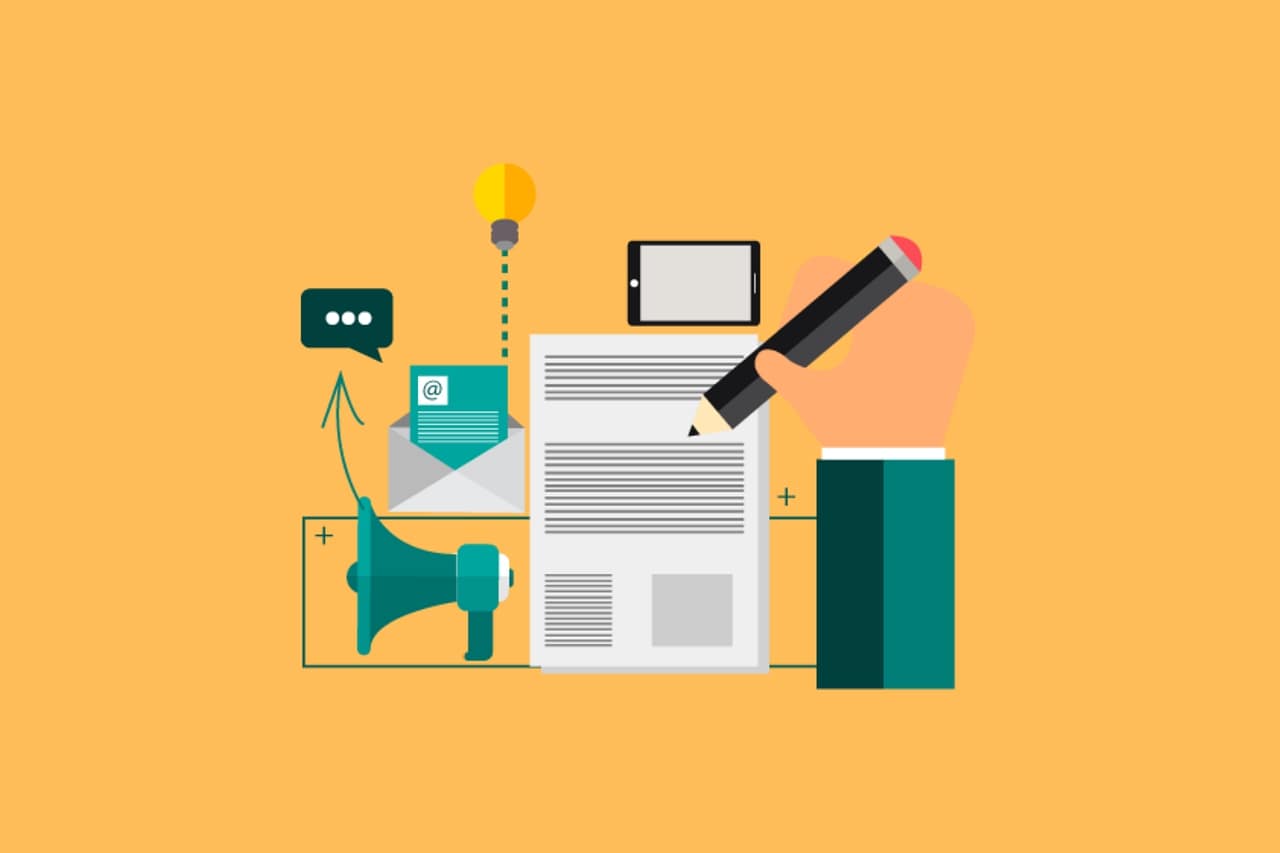
After you’ve amassed a list of subscribers, the following step is to write to these subscribers. So, what should you write in your emails? All of your emails, like the sign-up opportunity you created in the previous step, should be relevant and provide value to your audience. That is the only way to convert your subscribers into loyal readers who read your newsletters. Let’s examine some examples to see the types of content different businesses might create.
- The media company could send out news notification emails that include links to their most recent articles and videos.
- The discount retailer could use email to notify customers of exclusive sales and one-time deals.
- The landscaper could provide gardening advice to his subscribers. As a result, he is synonymous with being useful and supportive. When his customers think about gardening or updating their gardens, they think of his business.
- The luxury watch boutique could tell stories about celebrities who have been seen wearing watches purchased from the boutique.
- The frugality blogger could post a collection of personal finance tips and stories.
- Along with appeals for donations, the non-profit may share stories about people it has supported.
The buyer persona you created earlier can help you think about the types of content your subscribers will like to see. Do a competitor research if you’re stuck for ideas. In other words, subscribe to your competitors’ email lists and examine the types of emails they send out. What kinds of information do they provide in their emails? What topics do they write about? You’ll learn what works and what doesn’t.
Choosing whether to use plain text or HTML emails is the final step in designing your content strategy. HTML emails are image-rich, allowing you to create brand identity by incorporating your company’s logo and other visual brand cues into your email. However, keep in mind that photos are often blocked by your subscribers’ email apps. There are no images in plain text emails. They seem more like a personal email, making them ideal for relationship building.
Step 5: Set a Sending Schedule
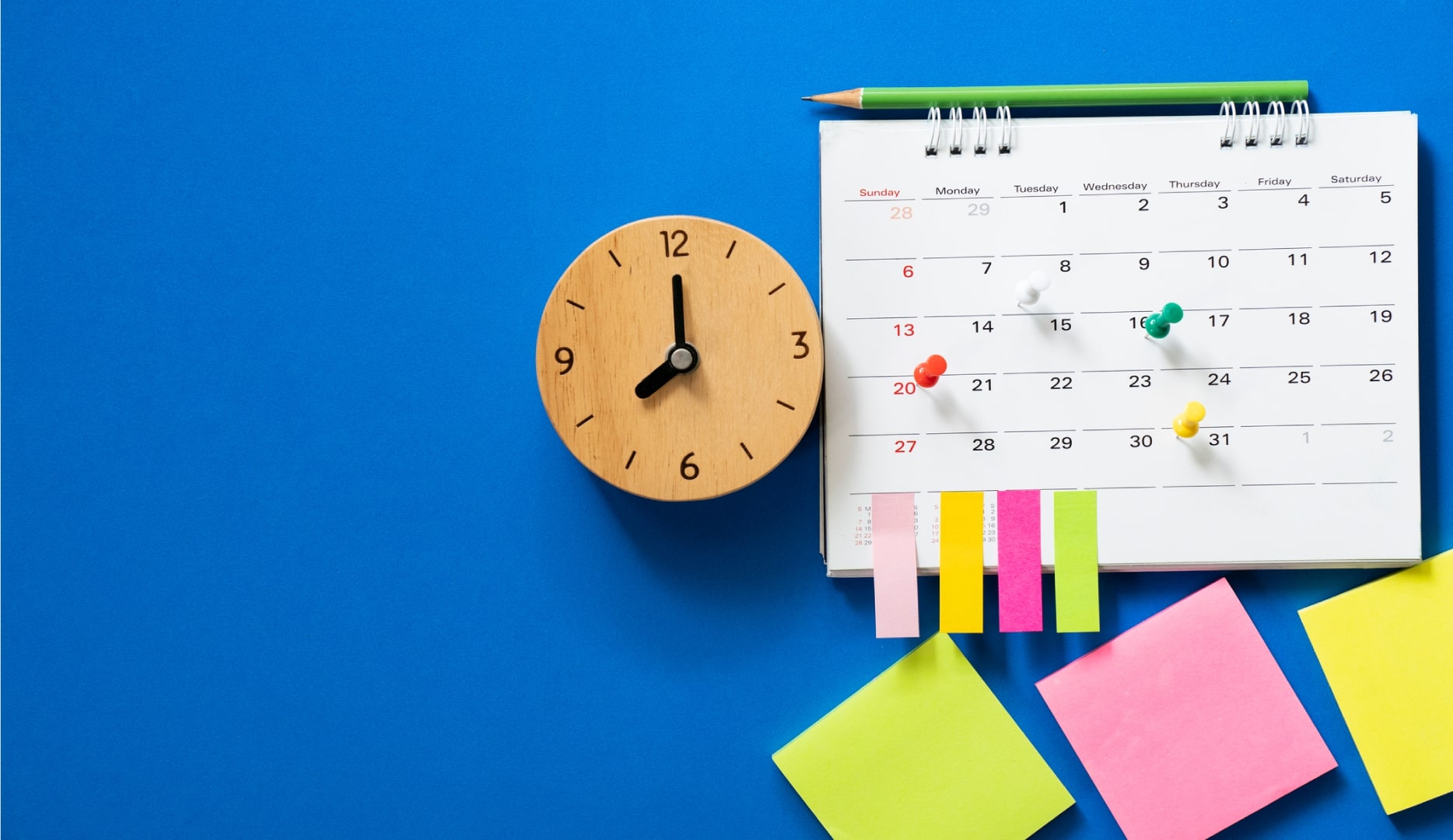
You’ve settled on the types of emails you’ll send. It’s now time to build an email schedule. How often can you send emails?
The answer is determined by the amount of time and money you have available to create emails, as well as the goals you set for your emails. Whatever schedule you devise, it should include daily email distribution. This may be done on a regular, weekly, or monthly basis:
- Your readers can form an incredibly close relationship with you if you send them daily emails. If you’re a one-person micro-business or blogger looking to build a loyal tribe of regular readers, writing to your subscribers every day can be successful. The disadvantage is that many customers will become annoyed by your frequent content and will unsubscribe.
- Weekly emails are frequent enough to get your customers to remember you, but infrequent enough so that they won’t get annoyed. It’s a nice way to go if you have the money to create a weekly newsletter.
- Monthly emails are a good choice if you want to make your emails highly useful, such as by including a discount promotion code in every email. They also make excellent newsletters. Since you’ll be sending them less often, they’ll take less time to complete than regular or weekly emails. The only problem with monthly emails is that they get lost in your readers’ crowded inboxes. You have a lower chance of being heard.
Step 6: Write Great Emails
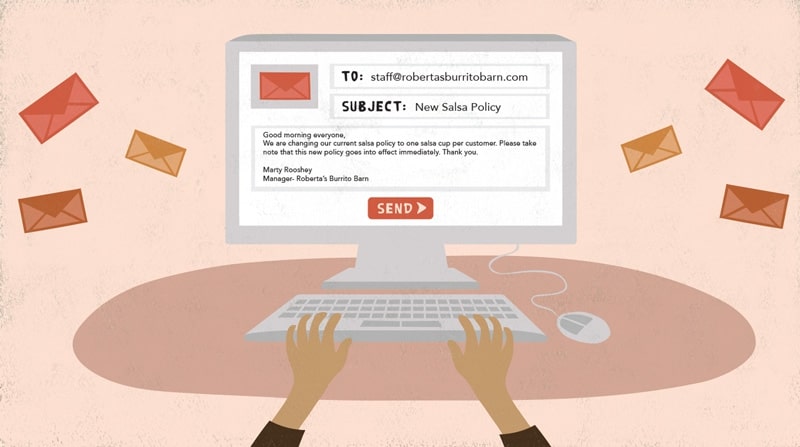
You’ve decided how often you’ll send emails. And you’ve decided what you’ll write in your letters. So you’re all set to write them now. Don’t be put off by this! Emails do not have to be literature work. In reality, emails that are written in plain, everyday language perform better.
The subject line is the most critical aspect of your email and should take the most time to write. A catchy subject line will entice subscribers to open your email. A dull, uninspired subject line will ensure that your emails are overlooked.
The trick to writing successful emails is to write as though you’re writing to a single person. Avoid beginning your email with “hello all,” and addressing your subscribers as “you guys.” This gives the readers the impression that they are only one of many subscribers. You want your followers to feel as if you’re writing specifically for them.
The buyer person you developed earlier will help you keep an individual in mind as you write and will assist you in setting the right tone for your email. Proofread your email after you’ve finished it.
Step 7: Send Your Email
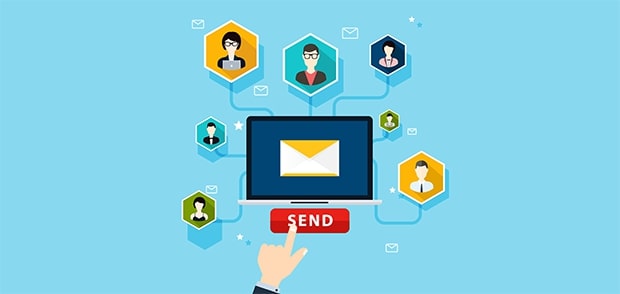
You’ve written your email and double-checked it for spelling and grammar. Don’t put it off any longer. You’re all set to send them!
Your email does not have to be perfect. You can send your email as soon as you know it is sufficient. Given all of the thinking process you’ve done before in determining why you’re sending emails and designing a reader avatar, your email will do great!
Whatever you do, don’t put off sending your email because it isn’t great. No email is flawless. Only by sending emails and seeing how they work would you be able to get the input you need to better your emails. Rather than waiting for the perfect idea, it’s much easier to start with something, see how it works, and then tweak it.
Step 8: Do more of what works, and less of what doesn’t
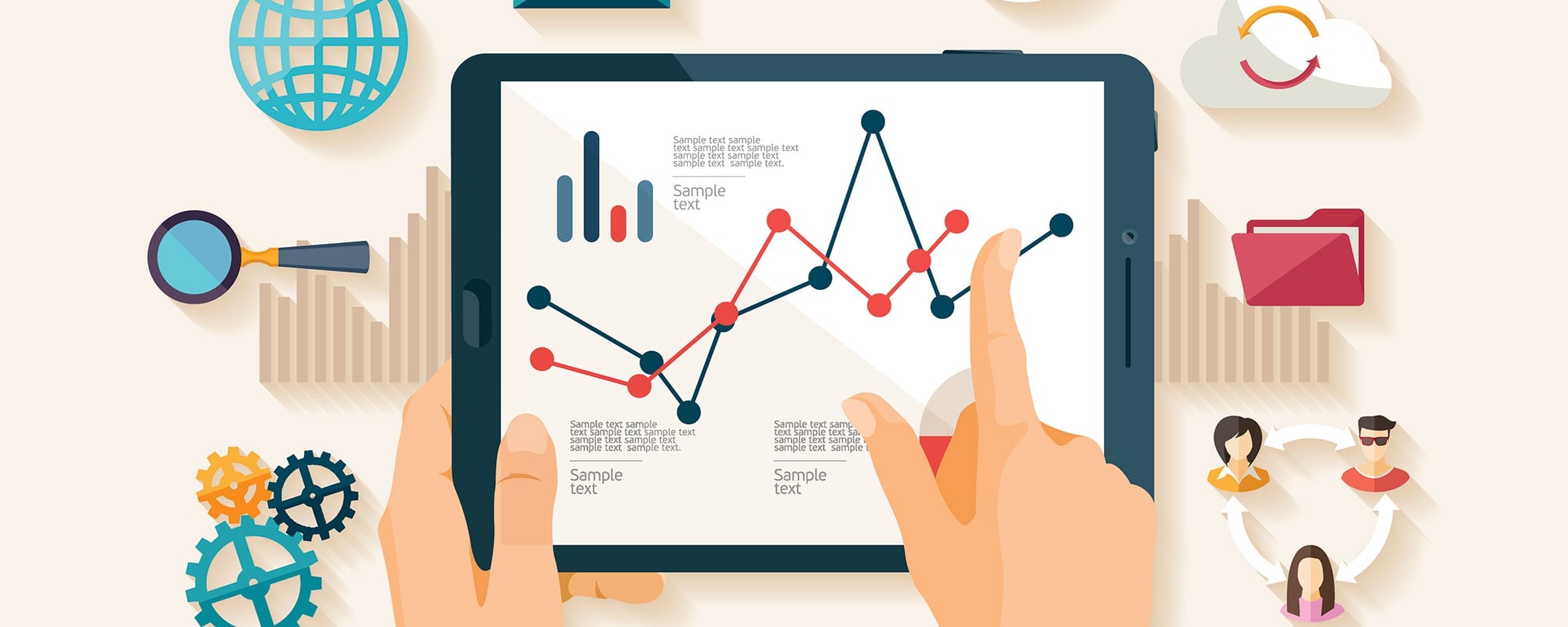
If you are sending marketing emails, you will need to use an email marketing software. It gives you the features that Gmail and Outlook doesn’t and that will help you run, manage and optimize your email marketing campaigns.
More importantly, using email marketing automation tools helps you to monitor the emails you send from a marketing standpoint. You’ll see how many people open each email and how many people click on the links in your email. Use this information to boost your emails.
When you send out email after email, you’ll get a sense of what works and what needs to be tweaked. Do more of what works once you’ve found it.
Step 9: Use AVADA Marketing Automation to carry out your email marketing plan
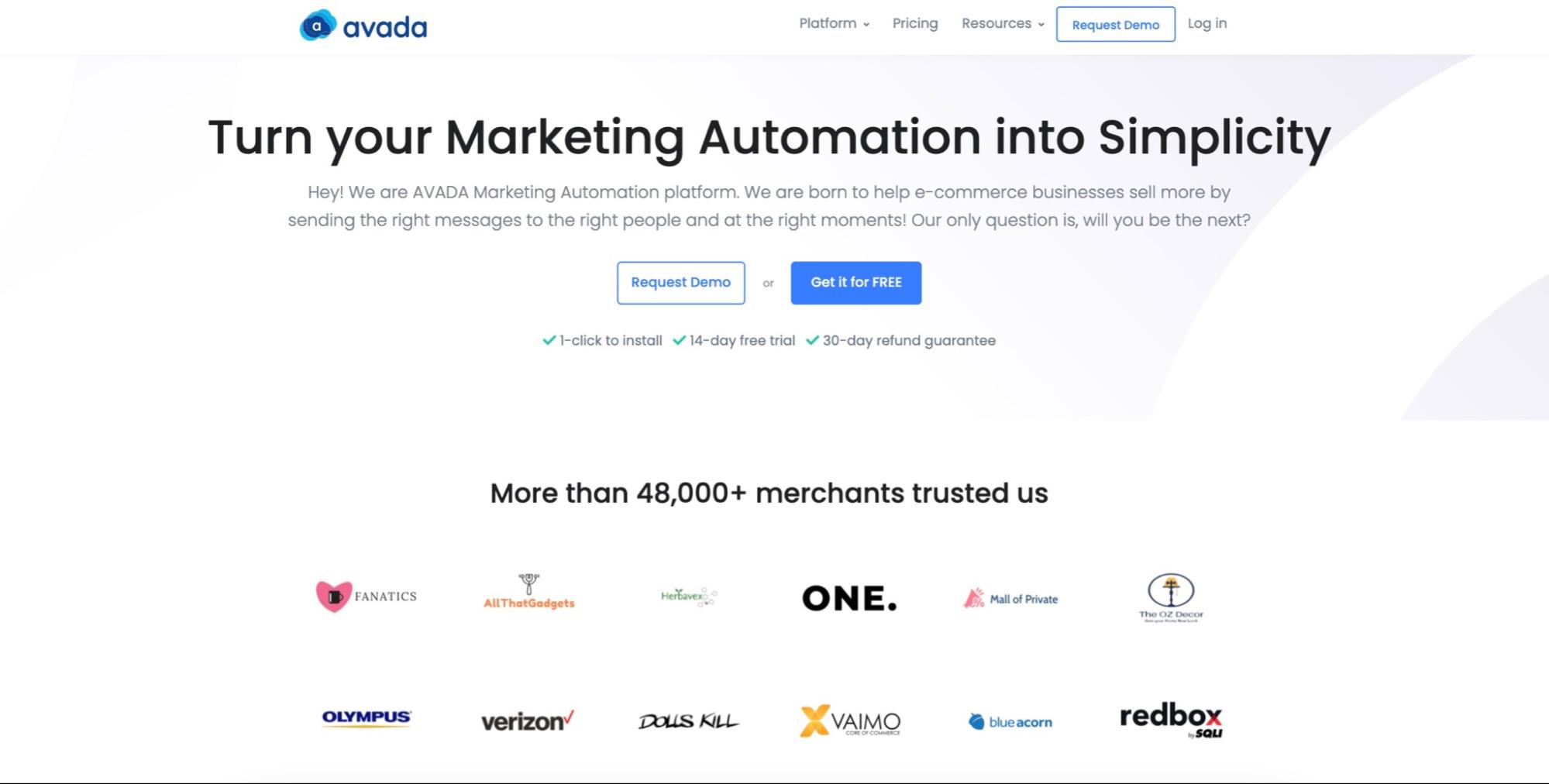
AVADA Marketing Automation is a multi-channel email marketing automation platform that supports both email and SMS marketing. It enables you to send your newsletters and increase sales through list segmentation, automated emails, and SMS. It provides pre-built automations for email marketing tasks such as cart abandonment, welcome emails, transactional emails, and other tasks.
Key Features:
- A drag-and-drop email builder that enables you to easily create emails of any style that is suitable for your brand.
- A template library that makes it simple to build professional, eye-catching emails. You can easily customize these templates to suit your brand, as well as adding elements, including dynamic discount codes, and save them for your next campaign.
- An Automations Library provides pre-built workflows for each stage of the customer journey.
- Segmented targeting that can be used for personalized promotions and automations across all platforms supported by AVADA Marketing Automation.
Pricing:
For up to 15,000 emails per month and 1,000 subscribers, AVADA Email Marketing is forever free. For paid plans, pricing begins at $9 per month for unlimited emails, 1,000 subscribers, and full features.

Final words
That’s it! I hope that this article has provided you with valuable information about how to do planning for email marketing. Please feel free to leave comments below for further discussion on this topic!
New Posts






